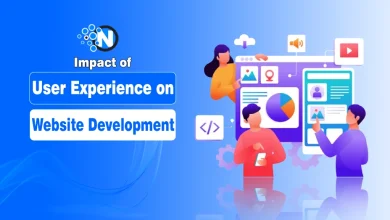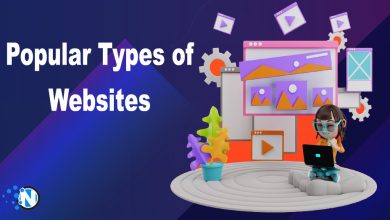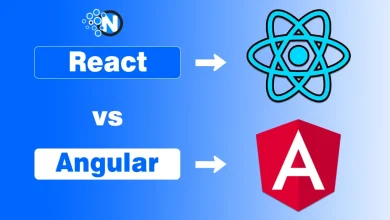Web Design Tips to Reduce Cart Abandonment Rate
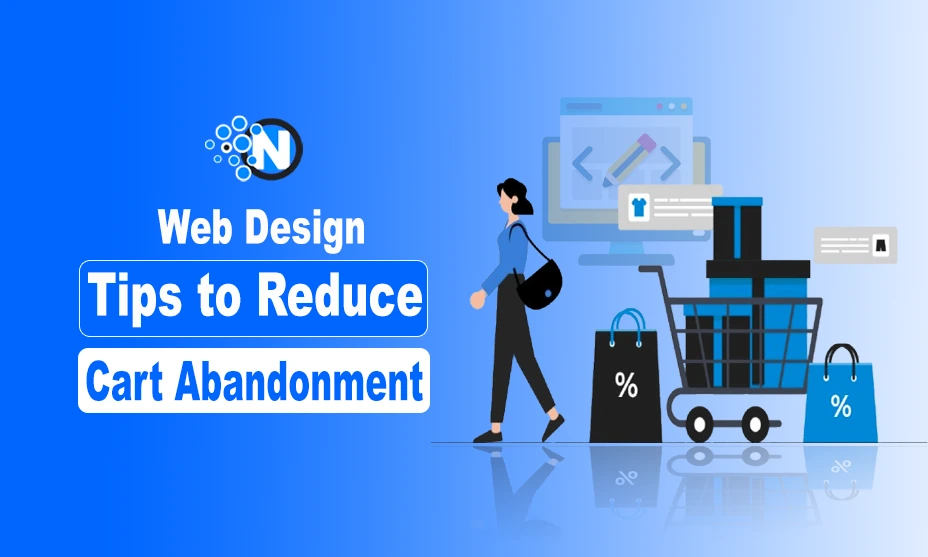
People nowadays are becoming tech-savvy with every passing minute. From online shopping to transactions and securing purchases, they are constantly on the lookout for websites with fast and easy designs that provide quick navigation and seamless experiences.
With a growing online audience, the issue of cart abandonment has grown too. Many people abandon their carts just before checkout; such abandonments cost businesses billions of dollars in lost revenue.
A perfect example of a growing, competitive e-commerce market is Miami. As a city with a diverse population and one that is a hub for international visitors, it’s a unique environment for online retailers.
Whether it’s locals who demand convenience or tourists who want a safe and reliable shopping experience, customers expect fast sites that work well for them. It is important to ensure that your website is user-friendly and provides customers with easy access to a seamless shopping experience.
In this blog post, I am going to share some of the best web design tips to help you reduce the cart abandonment rate on your e-commerce website.
Web Design Tips to Reduce Cart Abandonment Rate
Here are a few web design tips that you can use to bag those purchases and ensure no cart is left abandoned!
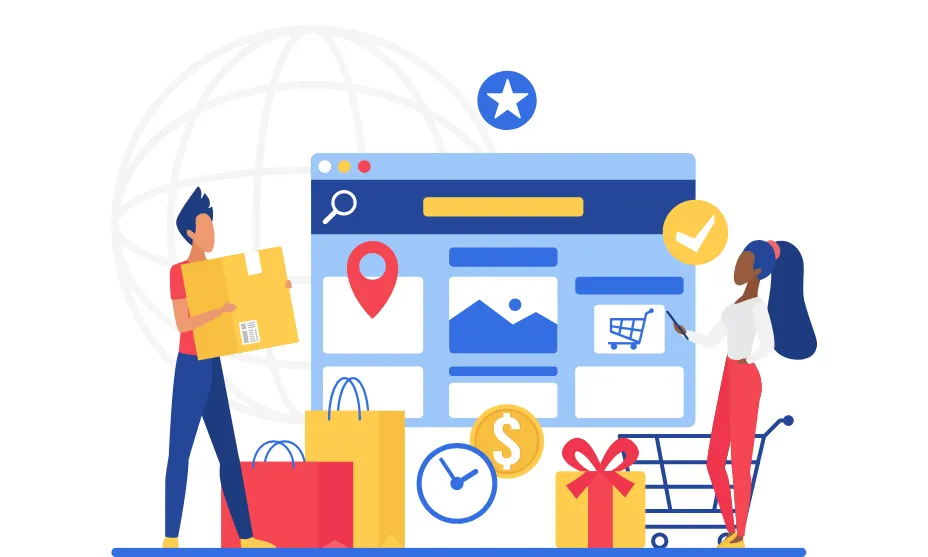
1- Simplify the Checkout Process
You likely lose the customer before they proceed to checkout if the website shows multiple complicated steps, unexpected processing fees, or the requirement of account creation. For businesses in Miami, checkout simplification is even more critical given the city’s diverse audience of tourists and first-time buyers who may not be ready to commit to an account.
Begin by having a guest checkout option. This removes a big barrier for those who are just testing the waters. By showing a little ‘progress bar’ with steps such as ‘Shipping Info,’ ‘Payment,’ and ‘Review,’ it can also reassure shoppers about how much they still need to do.
Working with local Miami web design professionals can help you perfect your checkout process. They can add elements that make your website more interactive, appealing, and simple to navigate.
2- Optimize for Mobile Shopping
As mobile shopping has become the most common way people browse and buy online, e-commerce businesses must adapt. Shoppers are always on the go, so a mobile-friendly website is not optional; it’s essential. Responsive design means your site will adjust to fit any screen size, giving customers the same experience, whether they’re using a smartphone or tablet.
But real optimization is more than just a responsive layout. Collapsible menus and tap-friendly buttons simplify navigation with minimal distractions so mobile users can have a smooth and frustration-free journey. Streamline every step from browsing to checkout since Miami’s tech-savvy shoppers demand ease of use.
In particular, mobile users care a lot about speed and convenience. So, make sure to add a clean, uncluttered design that lets users focus on shopping, and not figuring out how to navigate, making it a win-win situation for all.
3- Use Transparency and Security to Build Trust
One of the more important factors in reducing cart abandonment is trust. Customers won’t risk entering their payment information if your website doesn’t feel secure. You can reassure customers that transactions are safe by including visible security badges, SSL certificates and trusted payment options such as PayPal.
Transparency is equally important. The top reason customers abandon their carts is because of hidden fees and unclear shipping costs. Display total costs, delivery times, and return policies. For Miami-based businesses, local solutions such as same-day delivery or even pickup are a way to enhance trust and convenience.
4- Optimizing Website Design for Speed
The first step in building a fast-loading website is to choose design elements that are both efficient and user-focused. One key factor is image optimization, as large, uncompressed images can slow down a site. It also minimizes the strain on page loading times by lowering the number of high-resolution visuals on a single page. Another thing is to have streamlined layouts that don’t include irrelevant elements.
Simpler navigation menus, minimalistic designs and lightweight animations decrease the browser burden and increase performance. Furthermore, the visual complexity needs to be balanced with performance-focused typography like web-safe fonts, to ensure pages load quickly, but still look great. A good site design and fast loading times are not only good for user experience but also meet the expectations of shoppers in fast lane environments.
5- Keep Your Customers Engaged
Smart web design elements that increase engagement and usability can be leveraged to create personalized shopping experiences. Integrating dynamic sections like “Recommended for You” or “You Might Also Like” onto the homepage, product pages, or cart is one key approach.
By using clear visuals and layouts, these sections suggest products that are personalized to the customer’s browsing patterns. Such elements are easy to navigate, visually pleasing, and improve user experience. Another design solution to re-engage customers is exit-intent pop-ups. When created in a minimalist and effective way, these pop-ups can provide incentives like discounts or free shipping when users seem ready to leave.
These features should be placed thoughtfully and designed with an attractive style to become a natural continuation of the user experience, without being overly aggressive in retaining customers. Focusing on these web design elements can help businesses create a feeling of personalization that brings in engagement and conversions.
6- Clear Distractions at Checkout
The checkout page should be focused on one thing: how to get customers to complete their purchases. If you need to navigate, remove anything that distracts from this goal — navigation bars, unrelated promotions, pop-ups. Have a clean and simple design with clear call-to-action buttons (e.g., Place Order, Continue).
For example, “Only 3 items left in stock” or “Order within the next hour for same-day delivery” are subtle urgency cues that can push customers to complete their purchase and not leave the cart abandoned.
To Sum Up
A seamless, intuitive shopping experience is what reduces cart abandonment. Simplifying checkout, optimizing for mobile, building trust, and improving website speed will help you address the most common reasons shoppers leave without purchasing. These strategies can make a huge difference for businesses in Miami where the competition is cut-throat and customer expectations are high.
Working with local web design professionals means your site is optimized for conversions, but also for making a positive, trustworthy shopping experience. By designing the right way with the right features, you can convert abandoned carts into sales and loyal customers.

